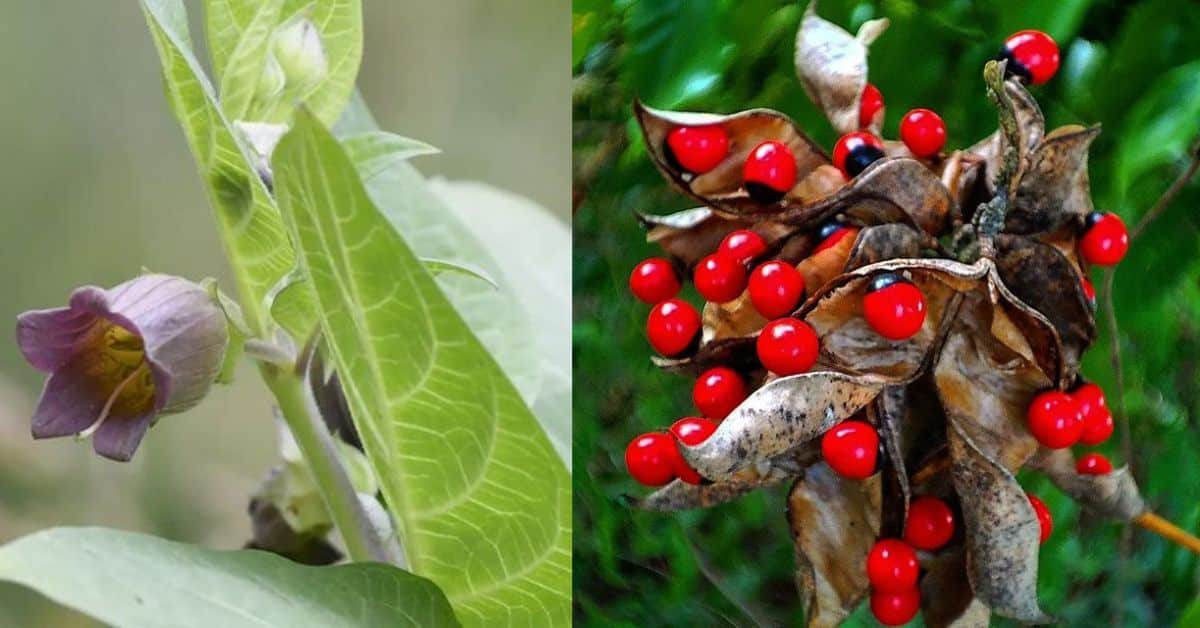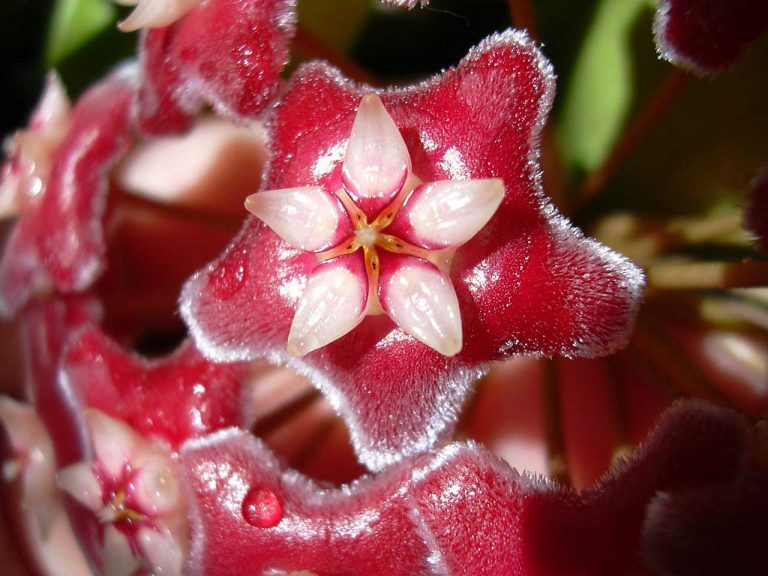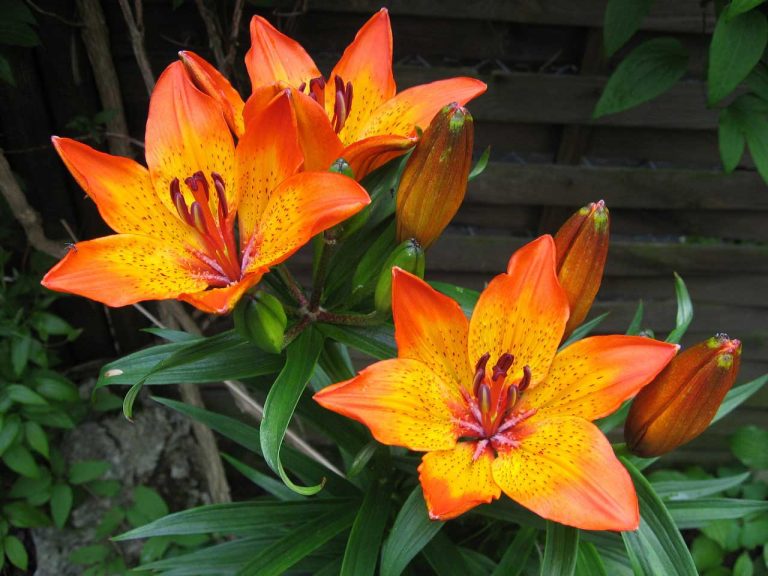The Most Poisonous Plants on the Planet
There are large spaces within our ecosystem occupied by plants. This is a beautiful thing because these plants contribute significantly to the sustenance of life. Nonetheless, expecting to see the other side of something is rational. While some plants are great for consumption, others are lethal to animals and humans.
Identifying poisonous plants is vital. This will help you remain cautious not to consume them. And if ingested accidentally, you can know that there is a need to seek immediate medical attention. What are these poisonous plants? In this article, we’ll be exploring some of the most dangerous ones in order not to keep you in the dark.
10 Most Poisonous Plants in the World
Everyone wants to live a comfortable, healthy, and happy life. This is why the health and entertainment industries will continue to grow and remain relevant forever. It’s not all about visiting a casino to enjoy 20 free spins no deposit uk; it’s also about ensuring that you stay safe in any immediate environments you may find yourself.
Some plants produce toxins that can have lethal effects on both animals and humans. Although these plants offer medical benefits, they have their homicidal areas and are some of the most poisonous plants in the world.
| S/N | Poisonous Plant | Scientific Name |
| 10 | Thornapples | Datura Genus |
| 9. | Monkshood | Aconitum Genus |
| 8 | Hemlock Water-Dropwort | Oenanthe Crocata |
| 7 | Suicide Tree | Cerbera Odollam |
| 6 | Rosary Pea | Abrus Precatorius |
| 5 | Oleander | Nerium Oleander |
| 4 | Lily-Of-The-Valley | Convallaria Majalis |
| 3 | Manchineel | Hippomane Mancinella |
| 2 | Tobacco | Nicotiana Tabacum |
| 1. | Deadly Nightshade | Atropa Belladonna |
Check and learn about some of the most poisonous plants on the planet.
10. Thornapples (Datura Genus)

One of the most dangerous plants to be careful with worldwide is the thornapple, also called hells bells or devil’s trumpet. It is characteristically an extremely toxic genus and psychoactive. Although the datura genus is lethal, it can also be used for pharmaceutical purposes.
9. Monkshood (Aconitum Genus)

Monkshood can also be called wolf’s wane, women’s bane, devil’s helmet, mouse bane, or leopard’s bane. It is a genus of plants that offer a toxin known as aconite. This lethal perennial herb is highly potent for hunting animals such as bears and ibex. And it’s an agonising case when aconite is administered to someone.
8. Hemlock Water-Dropwort (Oenanthe Crocata)

A Hemlock water-dropwort is also known as ‘dead man’s fingers.’ It belongs to the carrot family and is reportedly described to have a lovely taste. Nonetheless, you do not want to consume such a life-threatening plant.
- Death
- Brain Hemorrhage
- Lung collapse
- Spasms and contraction of the facial muscles
These are the most dangerous symptoms that this plant can cause.
7. Suicide Tree (Cerbera Odollam)

Cerbera Odollam, also known as the suicide tree, is a dangerous plant with highly toxic fruit. This fruit is called Othanga ‘and can stop the heart when consumed. This made this plant, which is native to Asia (south and southeast) to be an item ideal for suicidal or homicidal purposes.
6. Rosary Pea (Abrus Precatorius)

A Rosary Pea can also be called a crab’s eye vine. This plant has highly toxic seeds (tiny beans). These beans can be found in Australia, Asia, and parts of the United States and the Caribbean. The plant has several uses. The first is its religious and cultural uses in some countries like Trinidad. It is believed that a rosary pea can send away strange spirits. So, they usually use it to make bracelets. The other use is its lethal part. The toxicity in Abrus precatorius can lead to the death of any animal if ingested and why it’s made its way onto our most poisonous plants on the planet list.
5. Oleander (Nerium Oleander)
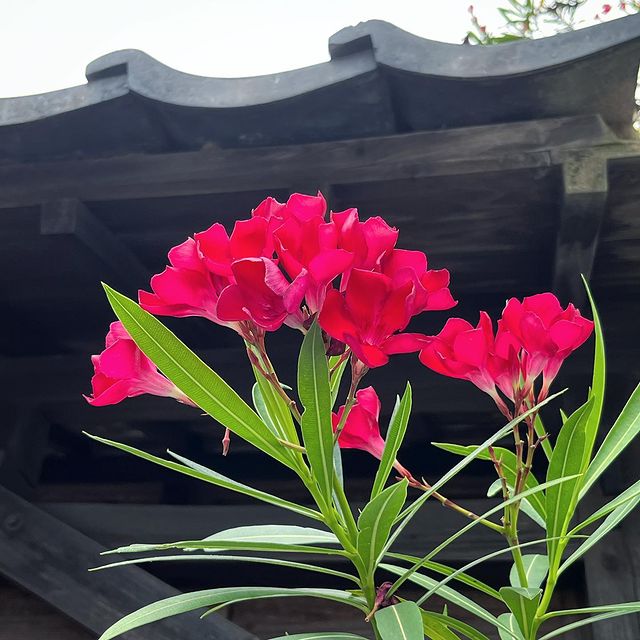
Oleander is one of the most poisonous plants you do not want to play with. Although it’s charming to the eyes (its flowers are incredibly striking), Nerium oleander is an agent of death. The plant has a toxin called cardiac glycosides, which can lead to a fatal condition if consumed.
4. Lily-Of-The-Valley (Convallaria Majalis)

Lily-Of-The-Valley is a common, popular, expensive, and beautiful flower, isn’t it? But you should know that it’s hazardous to have made our list and is one of the most poisonous plants on the planet. Although it may symbolise love and happiness, the flowering plant is lethal as it contains the same toxin (cardiac glycosides) in oleander.
3. Manchineel (Hippomane Mancinella)

Manchineel is called “manzanilla de la muerte” in Spanish, meaning “little apple of death.” Even with its name, you will know that Hippomane Mancinella is a tree that should be avoided. The trees are in the Americas (the tropical parts). And what makes them more dangerous is that none of their parts is non-toxic – every part (sap, bark, and even the fruits) of manchineel is highly lethal.
Aside from the fact that consuming the small green crabapples of this plant can lead to an untimely death, taking a cover mere beneath it during a perilous downpour can lead to the burning or blistering of the skin if it comes in touch with the sap. So, you should let the tree be.
2. Tobacco (Nicotiana Tabacum)
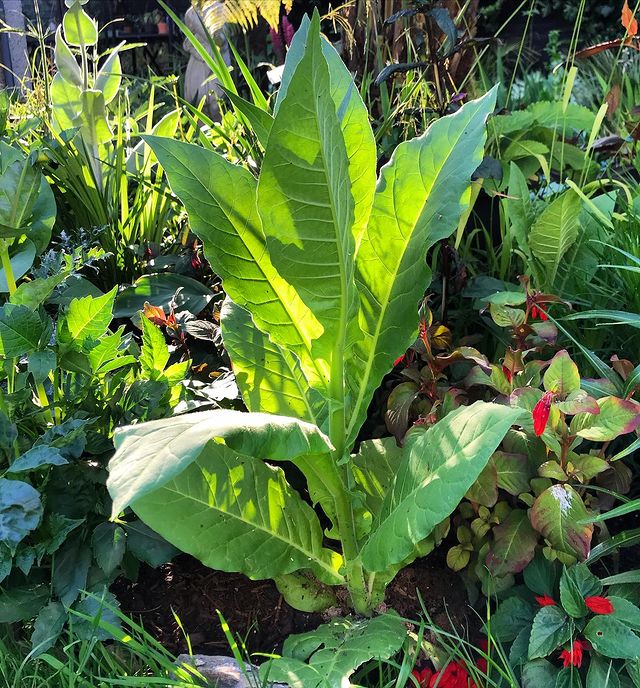
The penultimate plant on our list is Tobacco. You should have heard of this plant since it is very popular. The estimated percentage of the global population of its users in 2020 is 22.3. But do you know that this widely grown commercial plant is toxic? Just like manchineel, every part of Otiana Tabacum is dangerous for consumption. For instance, the plant’s leaves contain toxic alkaloid nicotine and anabasine. If you eat the plant directly, it may have a lethal effect due to a cardiac poison. Besides, there are lots of people that have lost their lives by taking cigarettes, which is a product made from tobacco.
1. Deadly Nightshade (Atropa Belladonna)
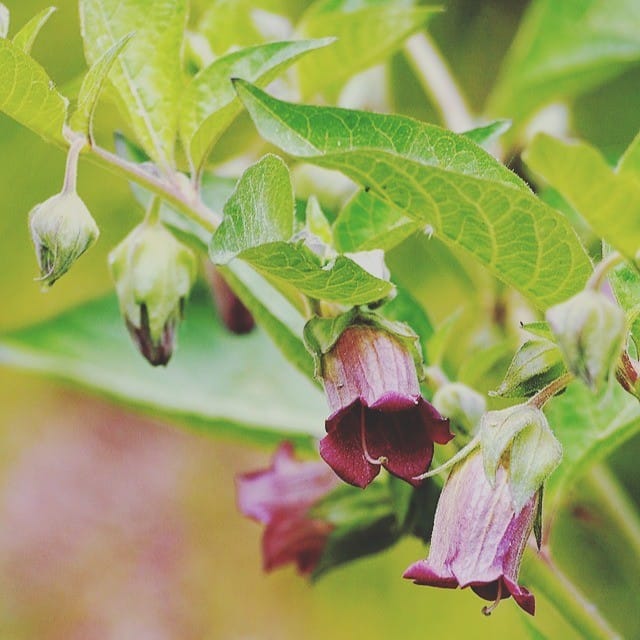
The ultimate poisonous plant on our carefully selected list is the deadly nightshade, which is scientifically known as Atropa belladonna. Even though deadly nightshade tops the list of the most dangerous plants on the planet, it falls in the family of plants such as aubergines, potatoes, and tomatoes. However, if used in preparing drops (particularly to dilate pupils for more attractive and brighter eyes), it may result in visual distortions or blindness.
Steps to Take if a Contact Is Made With Poisonous Plants
You can never tell a time when you or someone close to you come into contact with a toxic plant. In this situation, what should be the immediate step to take?
The following steps should be your first action to reduce the harm:
- If you inhale the poison, ensure you get fresh air
- If you swallow the poison, ensure you drink a small quantity of milk or water
- If the poison drops on your cloth or skin, rinse immediately and well under running water
- If the poison gets in contact with the eyes, rinse with clean water for about 15 to 20 minutes
After the first active step, try to call or tell someone to contact poison control. You can also use any poison control tools if available. And ensure you take pictures of the plants for adequate medical attention.
Conclusion
The planet is full of different plants– some you know, others you don’t. The fact is there are plants you may see every day without knowing that they are poisonous. This is why knowing the plants around you is very important. This article has successfully unveiled some of the most poisonous plants in the world. You may encounter any of them in your day-to-day life. If this happens, you must beware of ingesting them as they pose a high threat to life. Nevertheless, if you accidentally ingest any of the aforementioned toxic plants, you should take a step to reduce the effect it may have and seek immediate medical attention.

Having discovered a fondness for insects while pursuing her degree in Biology, Randi Jones was quite bugged to know that people usually dismissed these little creatures as “creepy-crawlies”.

